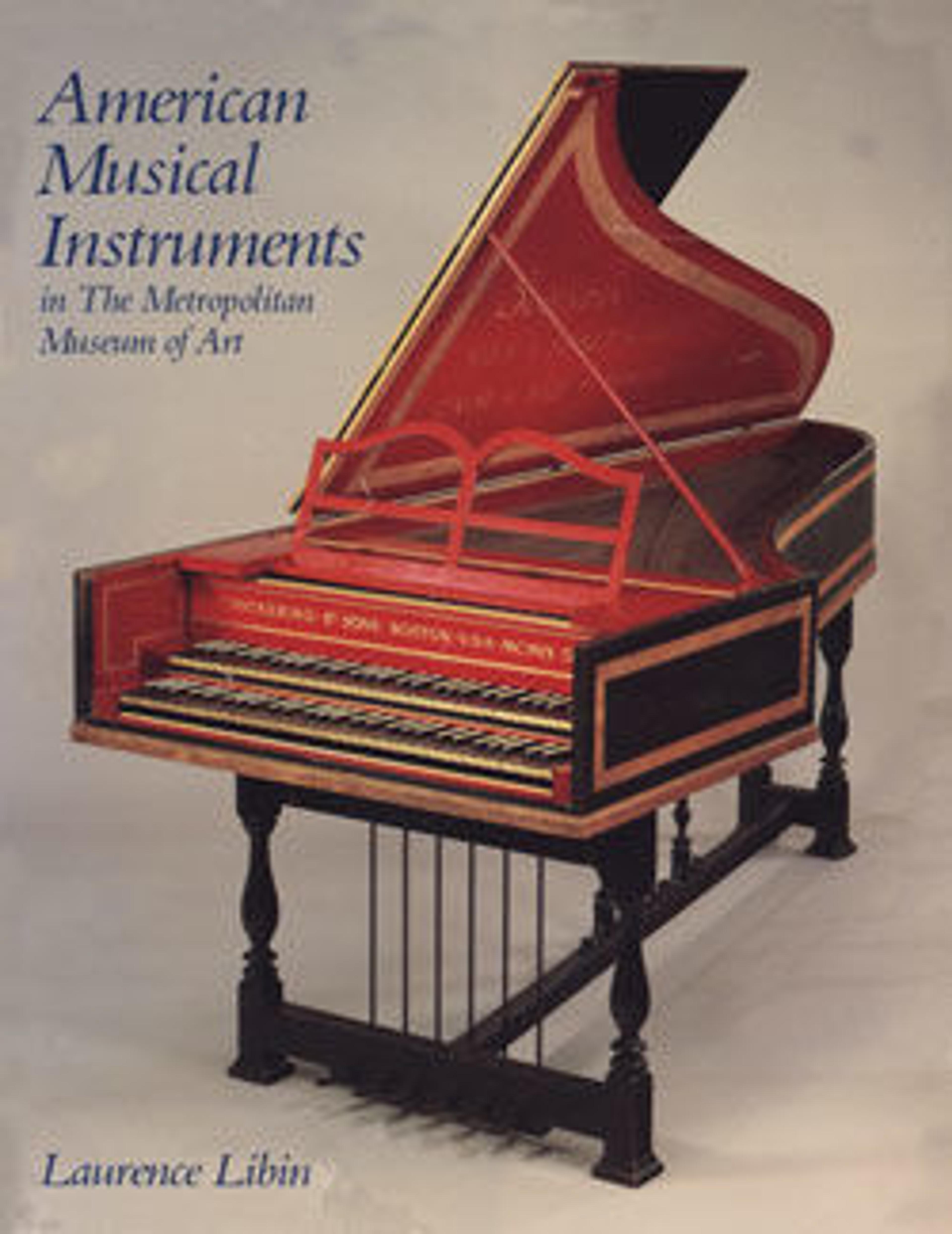Upright piano and reed organ
Technical description: vertical rectangular rosewood-veneer case with fretwork grille backed with red cloth over keys, case top having cyma profile; varnished soundboard, large oblong pierced tuning pins, seemingly haphazard assortment of free reeds, bellows lined with American printed paper including part of a piano-accompanied song and a scrap from a life insurance company bearing the word "Baltimore"; compass c-e3 (41 keys), ivory naturals with plain wood fronts, ebony accidentals; 2 pedals, left raising dampers, right pumping bellows; keys padded at back ends and so heavily leaded as to stop the ventil perfectly when at rest; upright action with unusual simple escapement; forward action of hammer interrupted by let-off screw; spring facilitates hammer return; felt-covered hammers with top 6 hammers leather covered; no back-check; regulating screws on rail in front of hammer-butts produce escapement of hammer after stroke; originally double-strung throughout, none wound; strings bend around hitchpins with both ends attached to tuning pins; bridge backpinned throughout. (L. Libin 1976)
Artwork Details
- Title: Upright piano and reed organ
- Date: mid-19th century
- Geography: East Coast, United States
- Culture: American
- Medium: Various materials
- Dimensions: case length 50.5 cm, Width 63.7 cm, Total height 112.2 cm
- Classification: Aerophone-Organ
- Credit Line: The Crosby Brown Collection of Musical Instruments, 1889
- Object Number: 89.4.2776
- Curatorial Department: Musical Instruments
More Artwork
Research Resources
The Met provides unparalleled resources for research and welcomes an international community of students and scholars. The Met's Open Access API is where creators and researchers can connect to the The Met collection. Open Access data and public domain images are available for unrestricted commercial and noncommercial use without permission or fee.
To request images under copyright and other restrictions, please use this Image Request form.
Feedback
We continue to research and examine historical and cultural context for objects in The Met collection. If you have comments or questions about this object record, please contact us using the form below. The Museum looks forward to receiving your comments.
